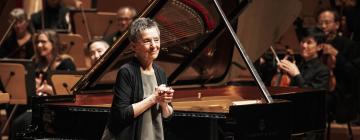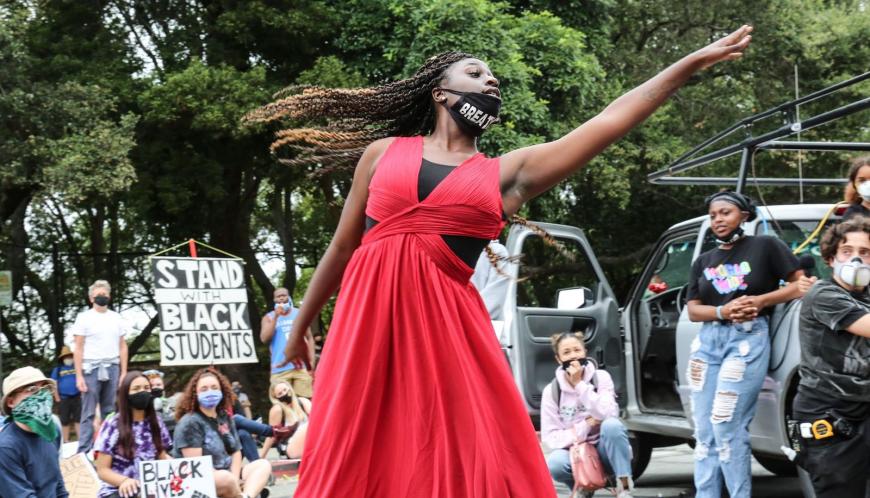
In the past decade the William and Flora Hewlett Foundation has disbursed some $4 billion, so today’s news of 34 grants in the Bay Area is noteworthy for something besides the impressive total amount of $17 million ... welcome as that is.
These are one-time grants, specifically not for immediate operational support, but designed to allow organizations to rethink fundamental questions about their models and the way they work. The goal, according to the Foundation, is to provide an opportunity for structural change, with an eye to the long-term needs of the communities they serve.
Called the Adaptation Grants, these awards are given to organizations from across the Bay Area, of various sizes, missions, and artistic fields. Ranging from $300,000 to $975,000, most of these grants are equivalent to several years of traditional funding.
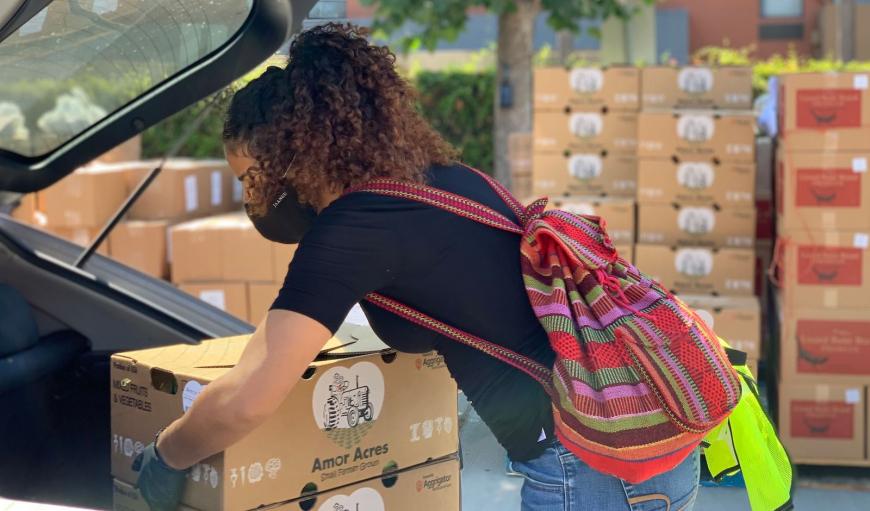
Among the recipients:
-
Aimusic School, with programs focused on traditional Chinese music, but also including Western classical music instruction. Aimusic serves almost 200 predominantly Chinese American students in a typical year and presents more than 30 concerts and an annual festival.
-
Alliance for California Traditional Arts, dedicated to supporting and sustaining folk and traditional arts throughout the state.
-
Arts Council Napa Valley, local arts agency for Napa County’s 136,000 people.
-
Arts Council Santa Cruz County, a nonprofit regional arts service organization that promotes creative expression and thriving communities throughout the county.
-
Asian Improv aRts, a multidisciplinary producer and presenter of artistic works that represent the Asian American experience.
-
AXIS Dance Company, a dance ensemble of disabled and non-disabled performers, and a pioneer in the field of integrated dance.
-
Brava! for Women in the Arts produces, presents, and cultivates the artistic expression of women, people of color, youth, LGBT, and other underrepresented voices at its historic facility in San Francisco’s Mission District.
-
California Alliance for Arts Education (now Create CA) promotes, supports, and advocates for visual and performing arts education for preschool through post-secondary students in California schools.
-
California County Superintendents Educational Services Association represents the 58 county superintendents and county offices of education staff that provide leadership and service to California’s 1,000 school districts and 6.5 million students.
-
Center for Cultural Innovation is a California-based arts service organization that promotes knowledge sharing and skill building.
-
Cinnabar Arts Corporation presents a range of theatrical, musical, and operatic performances in its 120-seat theater in Petaluma.
-
CounterPulse supports emerging multidisciplinary artists who are engaged in the creation of cutting-edge and contemporary performance.
-
Dance Palace is a multidisciplinary arts and community center that serves residents of the remote region of West Marin.
-
Dancers’ Group is a 1,700-member organization that promotes the visibility and viability of dance through programs that assist, advocate for, and support Bay Area dance artists, the dance community, and audiences.
-
Destiny Arts Center seeks to inspire and ignite social change through movement arts.
-
East Bay Center for the Performing Arts is a multidisciplinary arts education organization, providing in-school and after-school education programs for 4,500 pre-K through middle school students.
-
East Oakland Youth Development Center is dedicated to developing the social and leadership capacities of young people between 5 and 24 years of age.
-
El Teatro Campesino develops and presents new works of Latino theater.
-
EPACENTER is a youth development center in East Palo Alto that amplifies the creative potential in young persons.
-
Fresh Meat Productions is a transgender and queer arts organization whose productions explore and affirm the experiences, expressions, and visibility of transgender and gender-nonconforming communities.
-
Golden Thread Productions is the oldest theater company in the United States devoted to producing plays from or about the Middle East.
-
Intertribal Friendship House is a hub for Bay Area Native Americans of diverse tribal affiliations, providing culturally competent social services and arts and culture programs.
-
La Peña Cultural Center promotes peace, social justice, and cultural understanding through arts, education, and social action.
-
Los Cenzontles Cultural Arts Academy is committed to the instruction, preservation, performance, and production of Mexican American arts.
-
Luna Dance Institute provides comprehensive professional development in dance for teachers and teaching artists, direct dance instruction to children and parents, and advocacy in support of dance education in California.
-
Movimiento de Arte y Cultura Latino Americana is an inclusive contemporary arts space grounded in the Chicano and Latino experience.
-
Performing Arts Workshop is dedicated to youth arts education and provides sequential arts programming for Bay Area students aged 3 to 18.
-
RYSE Center is a Richmond-based organization that engages youth by providing them the tools to build a better city and county.
-
San José Taiko is one of the oldest and most artistically significant taiko ensembles in the United States, each year reaching more than 50,000 people through a range of performances.
-
Sangam Arts is an arts presenter that collaborates with artists from a wide range of cultural and artistic expressions in order to strengthen rapidly diversifying communities.
-
School of Arts and Culture at the Mexican Heritage Plaza in San Jose is an arts and culture center, rooted in the largely Mexican American Mayfair neighborhood.
-
Sonoma County Economic Development Board and Foundation is dedicated to advancing and supporting the creative community of Sonoma County.
-
The Imaginists is an experimental theater company in Sonoma County that produces work that investigates the intersection of art and community.
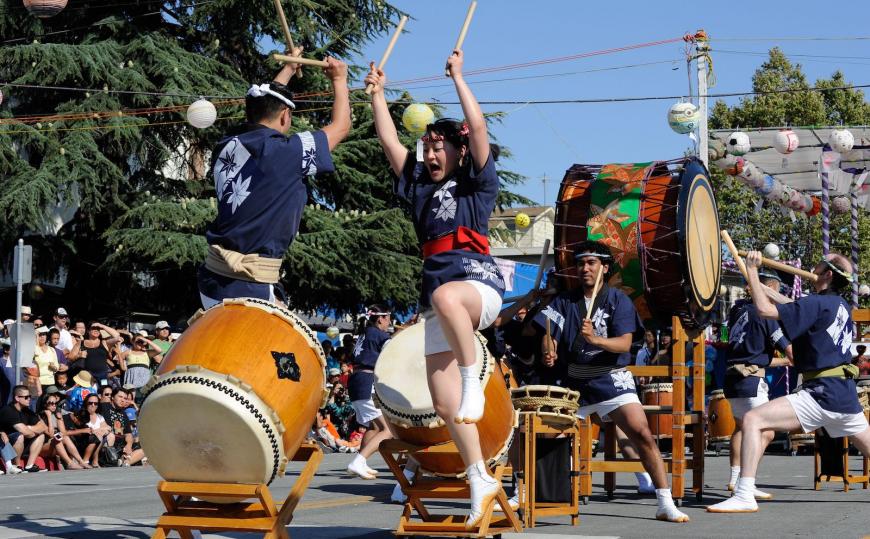
“The pandemic is just the latest crisis to rock arts organizations in the Bay Area, already one of the most challenging places to be an artist. To thrive, and not just survive, arts groups need room to experiment and adapt to changing economic, technological, and cultural conditions,” said Emiko Ono, director of Hewlett’s performing arts program. “These grants provide runway for that innovation and have the potential to carve a new path forward for the arts sector so that the Bay Area can benefit from a vibrant and equitable cultural landscape.”
Bay Area artists and arts organizations today face significant challenges, Ono says, “from longstanding issues like skyrocketing real estate costs and persistent inequalities in who has access to art and artmaking, to more immediate crises brought on or exacerbated by the COVID-19 pandemic, such as the disastrous impact the pandemic has had on live performances.”
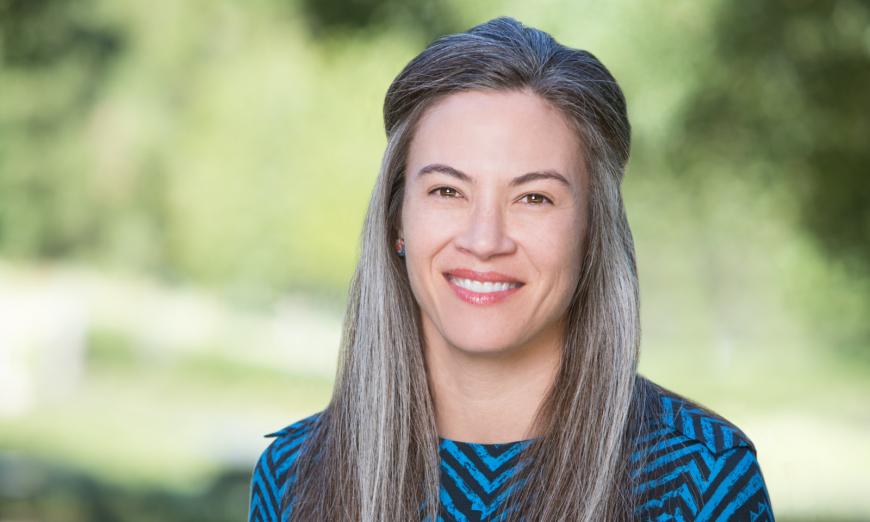
A study conducted by Northern California Grantmakers found that 48 percent of Bay Area nonprofits surveyed have reduced their programs or services or stopped them due to the impact of COVID on the sector. The Adaptation Grants provide Bay Area arts organizations the resources to address what is not only a uniquely challenging set of problems but also a historic opportunity to rethink fundamental assumptions about how best to confront them.
“From Destiny Arts Center, which works to inspire social change,” Ono said, “through the movement arts, to Intertribal Friendship House, a cultural and social services hub for Bay Area Native Americans, youth arts education center Performing Arts Workshop, and Movimiento de Arte y Cultura Latino Americana (MACLA), an inclusive contemporary arts space grounded in the Chicanx and Latinx experience, these grantees embody the engaged, responsive, and innovative work that makes the culture sector vital to the economic and social health of our communities.”
What might be surprising, says the announcement, is what exactly these organizations are focusing on: not technology or new digital tools, but a renewed focus on people, both in the community and on their own staffs, encompassing everything from mental health care for young people to employment benefits for working artists to retirement funds for employees.
The culture sector was the original “gig economy,” and people working in it are all too familiar with its pitfalls. What the Adaptation Grants program is making clear is that cultural organizations are now prioritizing its rejection.
What this means in practice will vary between institutions, but consistent themes include the embedding of services, such as community health and wellbeing, more deeply into the work arts institutions do and an increase in structured support for arts workers.
